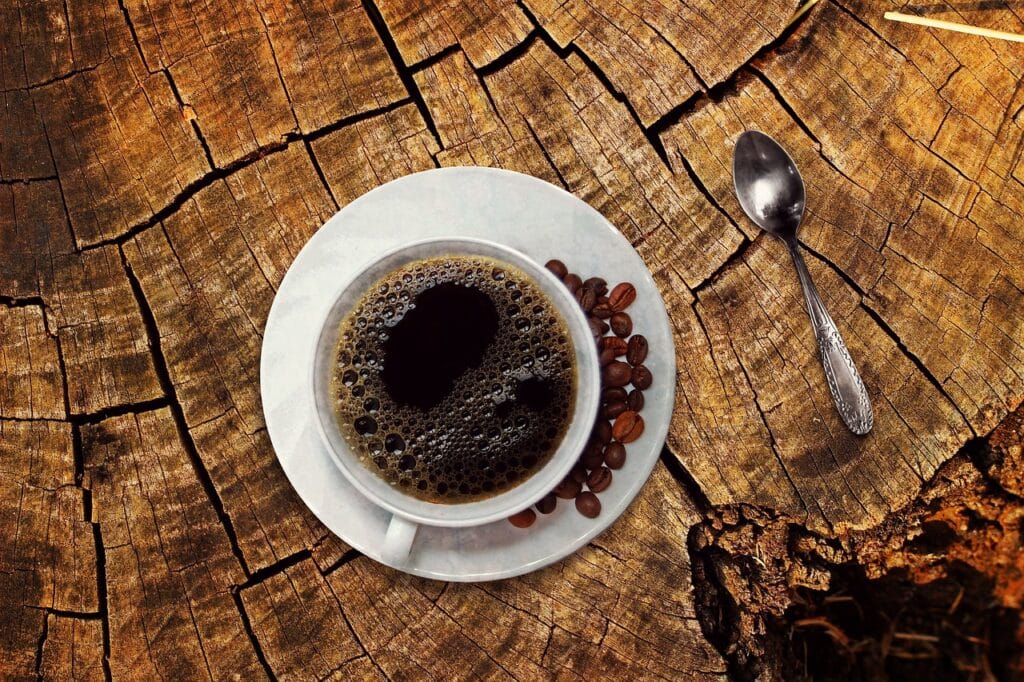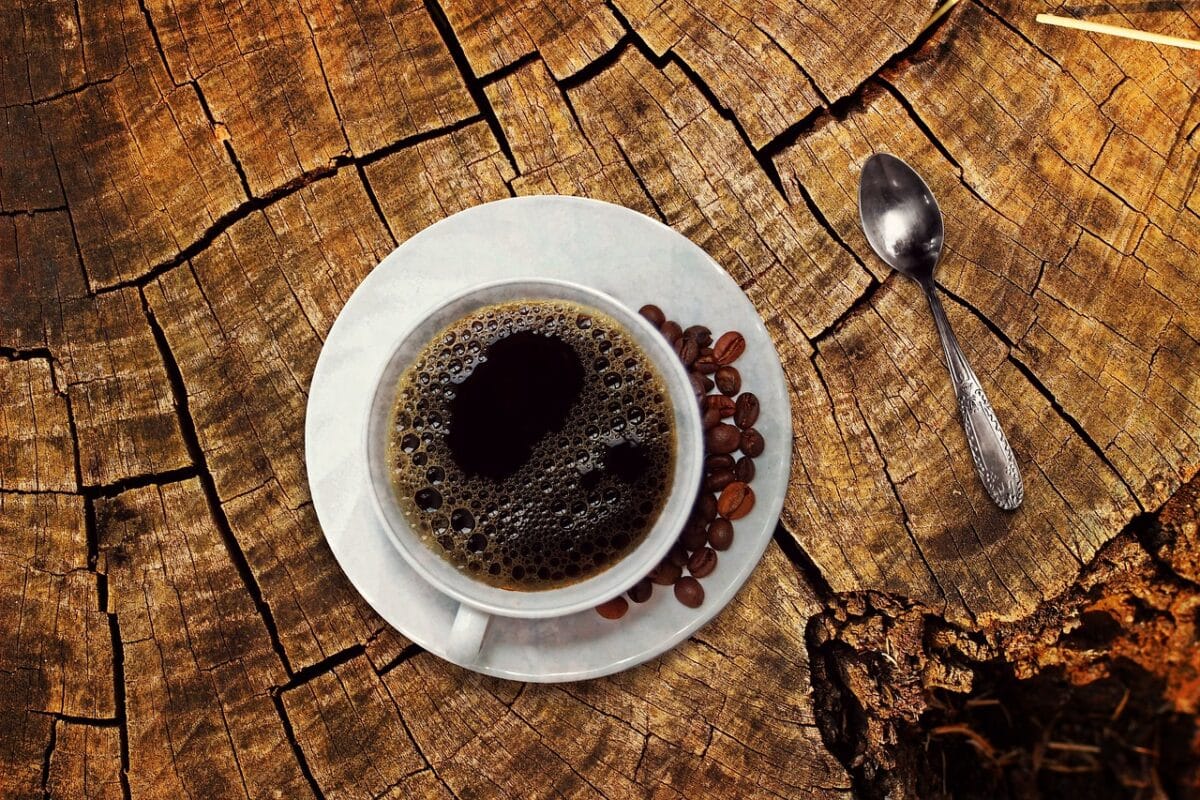Do you ever wonder what goes into making your favorite coffee, tea, or wine? These popular beverages have a fascinating history and production process, and understanding them can deepen your appreciation for the flavor and complexity of each sip. Elizabeth Cardillo Beri takes us through the journey from bean to brew for coffee, tea, and wine.

Coffee Beans:
Coffee is made from the roasted beans of the Coffea plant, which grows in tropical regions around the world. The coffee beans are harvested by hand, sorted, and then roasted to bring out their unique flavor. The roasting process can take anywhere from 10-20 minutes, depending on the type of bean and the desired flavor profile. Once roasted, the beans are ground and brewed with hot water to create the aromatic beverage we all know and love.
Did you know that there are over 50 types of coffee beans grown around the world, each with a distinct flavor profile? From the bold and rich flavors of Arabica beans to the fruity and acidic notes of Ethiopian Yirgacheffe beans, there’s a type of coffee bean for every palate.
In addition to the type of bean, factors like soil quality, elevation, and climate also play a role in the flavor profile of coffee. This is why coffees from different regions can taste drastically different. For example, the high altitudes and volcanic soil in Colombia produce a smooth and well-rounded cup of coffee, while the mineral-rich soils of Kenya result in a bright and acidic brew.
Tea Leaves:
Tea is made from the Camellia sinensis plant leaves. Like coffee, tea leaves are harvested by hand and undergo a complex production process to create the final product. After being picked, the leaves are withered, rolled, and dried to remove any remaining moisture. This process helps to bring out the flavor and aroma of the tea. Each type of tea, such as black, green, or oolong, undergoes a slightly different production process that develops its unique characteristics.
Tea also varies greatly between regions that grow the plant. Japan’s matcha and China’s dragon well are world-renowned because of their unique environmental conditions. Some plants grow on the sides of mountains, while others require special shaded gardens. Even with modern technology, there’s no replacing Mother Nature when producing high-quality tea.
Wine Grapes:
Let’s talk about wine. Wine is made from fermented grapes, picked by hand, and then crushed to release the juice. The juice is then fermented with yeast to convert the natural sugars in the grape into alcohol. The fermentation process can take a few days to months, depending on the type of wine being produced. Once the fermentation is complete, the wine is aged in barrels to develop its flavor and complexity.
The aging process can vary depending on the type of wine, from a few months to several years. Each type of grape used in winemaking also has its unique characteristics, which contribute to the final flavor profile of the wine. Factors such as climate, soil, and grape variety all play a role in creating the distinctive taste of each bottle.
Enhancing Your Appreciation:
Now that we’ve seen how these popular beverages are made, it’s clear there is much more to them than meets the eye. Each step is carefully crafted from the specific plant species used in the production and aging processes to bring out the best flavor and aroma possible. So next time you sip your favorite coffee, tea, or wine, remember all the hard work and craftsmanship that went into creating it.
Conclusion:
A lot goes into making our favorite beverages. Whether it’s the type of bean or leaf, the production process, or the various environmental factors, each element plays a crucial role in creating the distinct flavor profiles we know and love. Understanding and appreciating these processes can enhance your enjoyment of coffee, tea, and wine and give you a new perspective on how these beverages are made. So savor that cup of coffee or tea, or raise your glass of wine with a newfound appreciation for the journey from bean to brew. Cheers!
